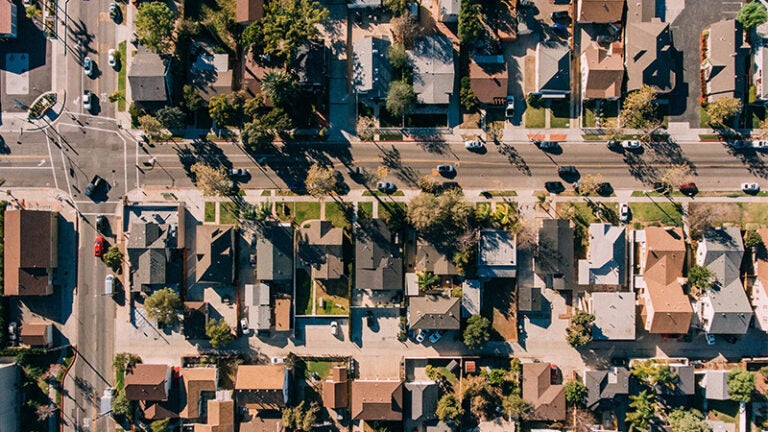
Report: Low-income renters can’t afford rent in nearly 45% of America’s largest metro areas
The big picture: Metro areas in the United States have become increasingly unaffordable to residents, especially Black and Latino Americans, finds a new report from the USC Dornsife Equity Research Institute(ERI), published by the National Equity Atlas.
- Between 2013 and 2019, the number of metro areas having no zip codes with housing that is affordable to working class renters increased from 14% to 42%.
- More than 80% of the country’s most populous regions saw an average 12% drop in affordability.
- ERI co-produced the report with nonprofit PolicyLink.
Why it matters: Without access to options, low-income households are forced to live in neighborhoods plagued by pollution and high-crime, and with few amenities such as quality schools or parks. For low-income families squeezed out of resource-rich neighborhoods, their children face an uphill battle when breaking out of poverty.
It’s also a concern for businesses. With less and less affordable housing in metro areas, companies struggle to find and retain workers. Already, employers are attempting to mitigate the problem by purchasing and buildingaffordable housing for their workers, with mixed results.
What they found:
Renters across income brackets and race/ethnicities face a shrinking number of affordable neighborhoods.
- Since 2013, the number of neighborhoods with affordable housing for low-, median- and moderate-income families have declined across 100 of the largest metro areas in the U.S.
- For Black, Latino and white households, affordability decreased in more metro areas than it increased.
- The number of metro areas with zero affordable neighborhoods for low-income renters tripled.
- Just three metro areas saw an increase in affordability for low-income renters: Baton Rouge, Louisiana; Madison, Wisconsin; and Wichita, Kansas.
Differences in median-income worsened neighborhood choices for Black and Latino families.
- From 2013 to 2019, median income for Black households increased less than for Latino and white households. Controlling for inflation, median household income for Black residents increased by $800 compared to $3,000 for whites and $3,700 for Latinos.
- Only 7% of neighborhoods are affordable to median-income Black households, and 16% to median-income Latino families. In contrast, median-income white households could afford nearly 70% of available rental areas.
The neighborhoods that remain affordable are low-opportunity, especially for Black households.
- Of the neighborhoods that are still affordable for low-income households, over 75% rank “low” or “very-low” on the Child Opportunity Index (COI). COI measures and maps neighborhood resources and conditions, like safe streets and parks, considered important to healthy child development. For Black families, this rises to over 80% of affordable neighborhoods.
- Only 6% of neighborhoods affordable to median-income Black families are ranked as “high-opportunity” and none are ranked as “very-high opportunity”.
What the experts say: “Housing unaffordability is both a product and driver of racial inequities, and it’s only getting worse. Working class Black and Latinx households continue to experience de facto segregation as they are unjustly priced out from high-opportunity areas that would improve their lives and generations to come,” says Thai V. Le, Turpanjian Postdoctoral Fellow in Civil Society and Social Change at the Equity Research Institute and a co-author of the report.
“However, as important as it is to bring affordable housing to opportunity-rich neighborhoods, we must also bring opportunities and resources to working-class neighborhoods where community ties are.”
What do we do about it? The report recommends a variety of potential solutions to improve conditions.
- Expand and make permanent many of the eviction protections that urban areas enacted during the pandemic.
- Preserve existing affordable housing units, and increase community ownership models like community land trusts which guarantee housing with lasting affordability.
- Implement inclusionary zoning, in which developers set aside a small amount of newly constructed units for low-income renters.
- Improve the quality of existing affordable neighborhoods by cleaning up polluted areas and building parks and infrastructure.